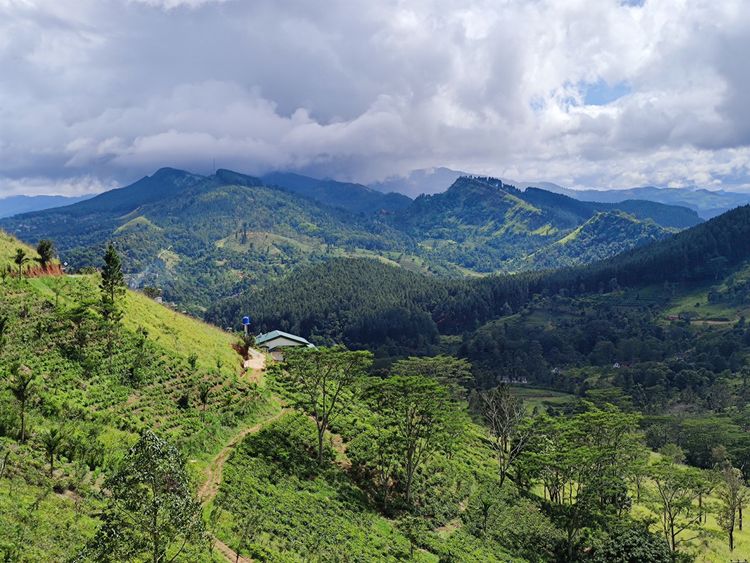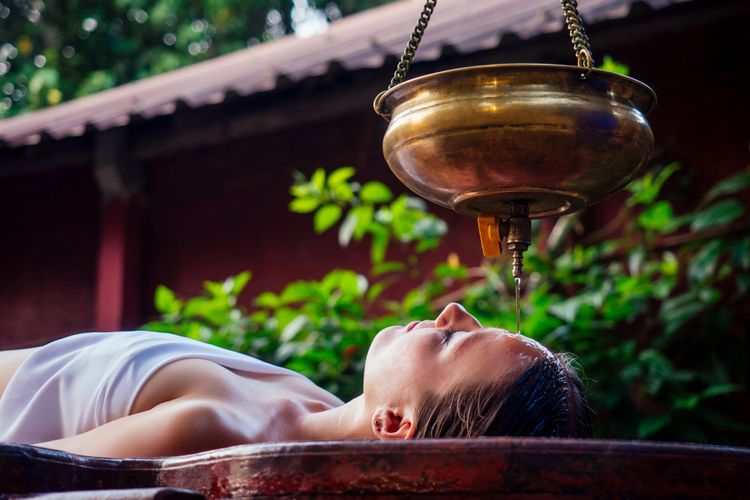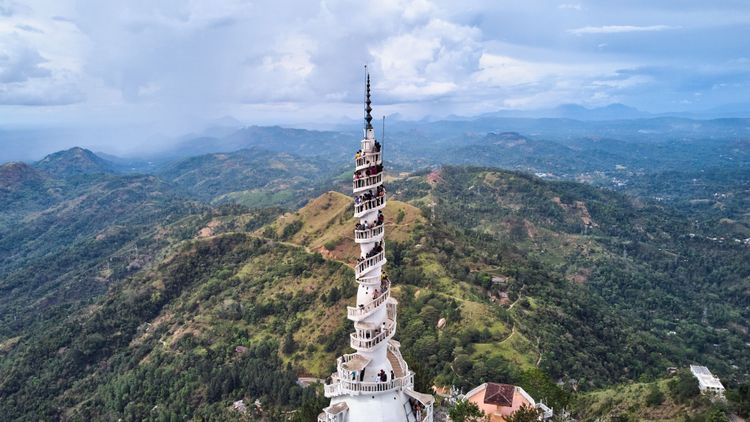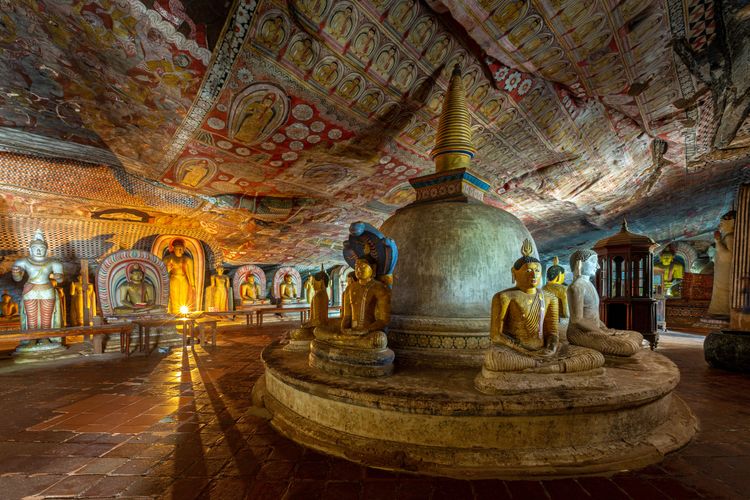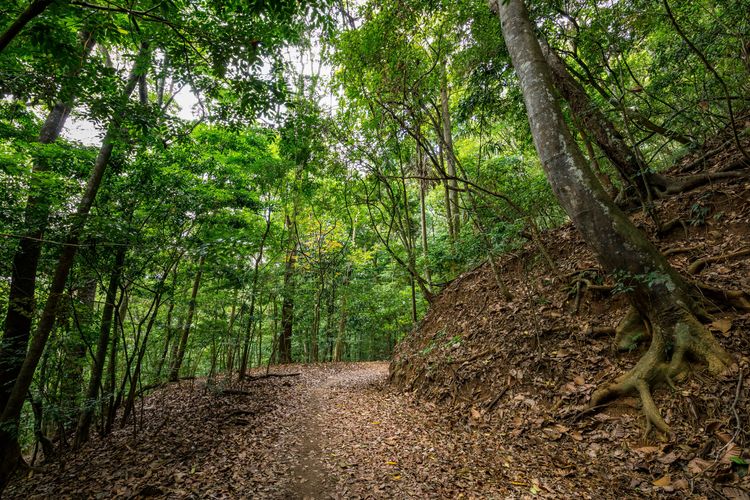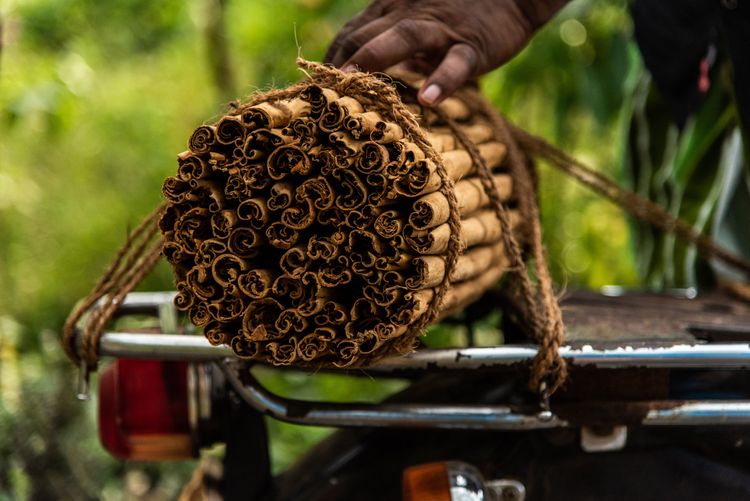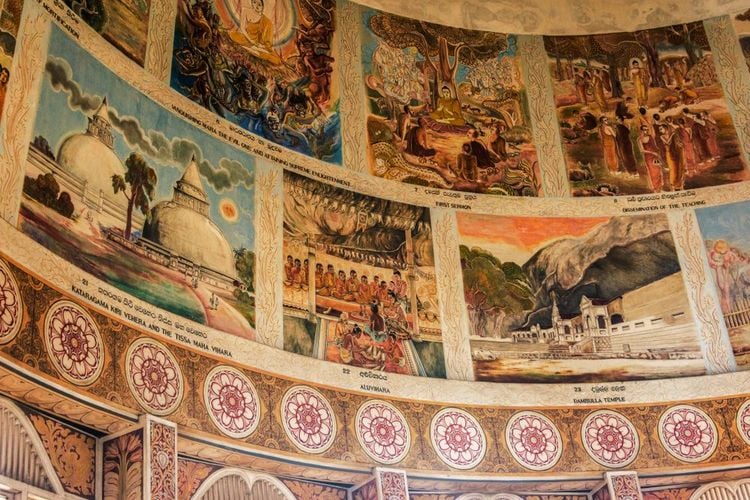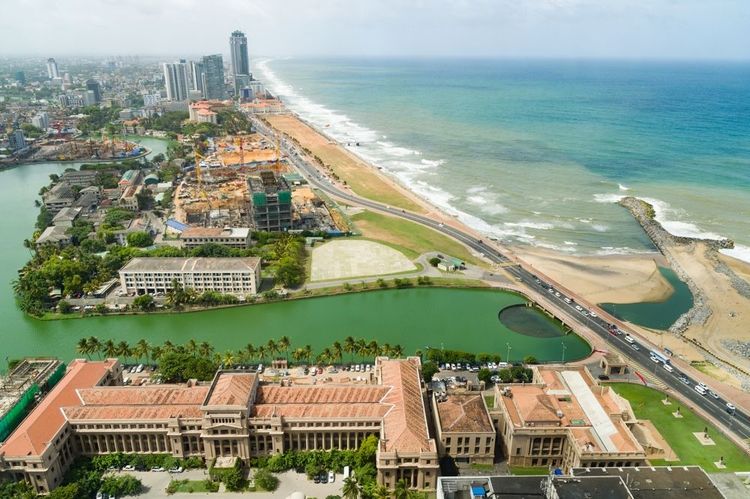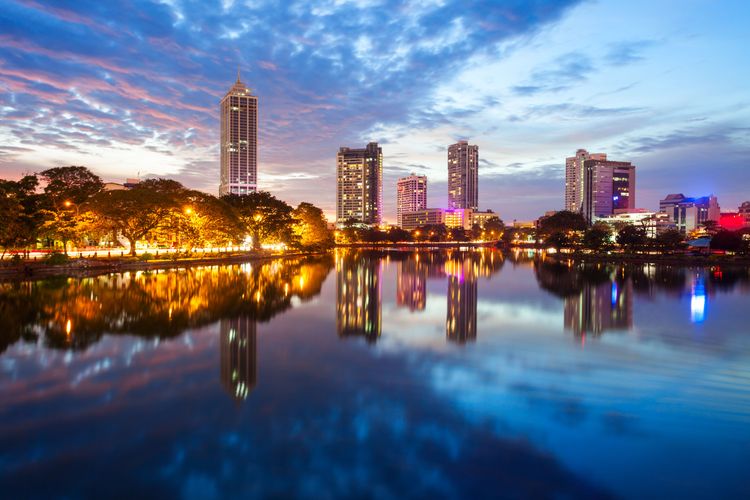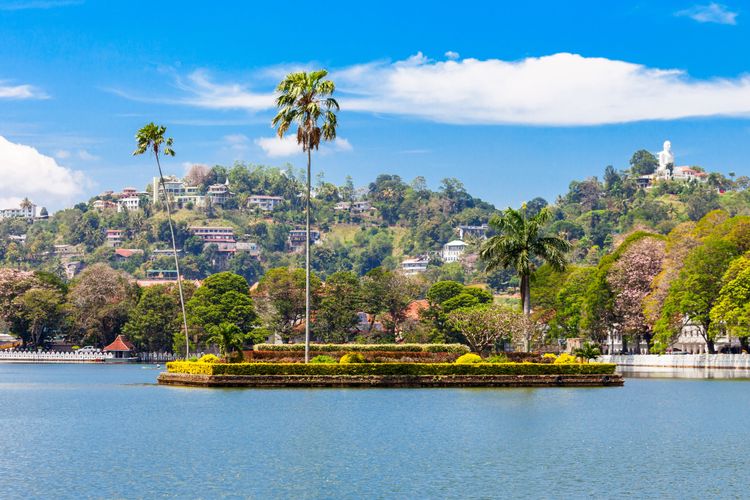The pearl of the Indian Ocean
A herd of elephants bathing in the jungle in Sri Lanka, Asia.
- © givaga / Shutterstock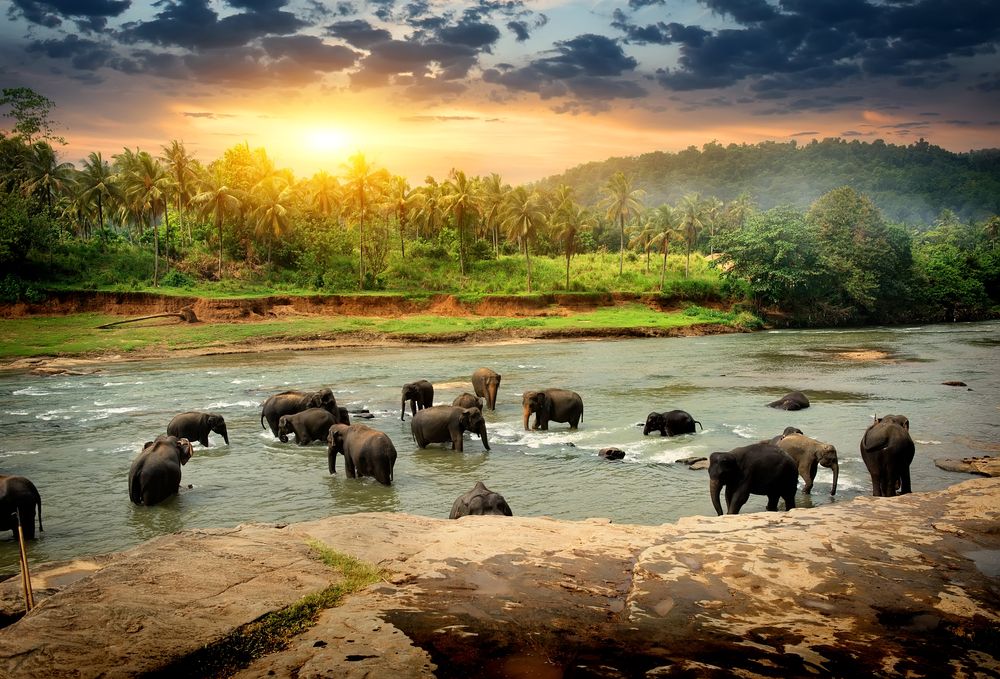
Sri Lanka has many great nicknames. The Emerald Isle, the Pearl of the Indian Ocean, the tear of India, the country long forgotten by travellers is now on the podium of tourist destinations for lovers of nature and food with a touch of Britishness.
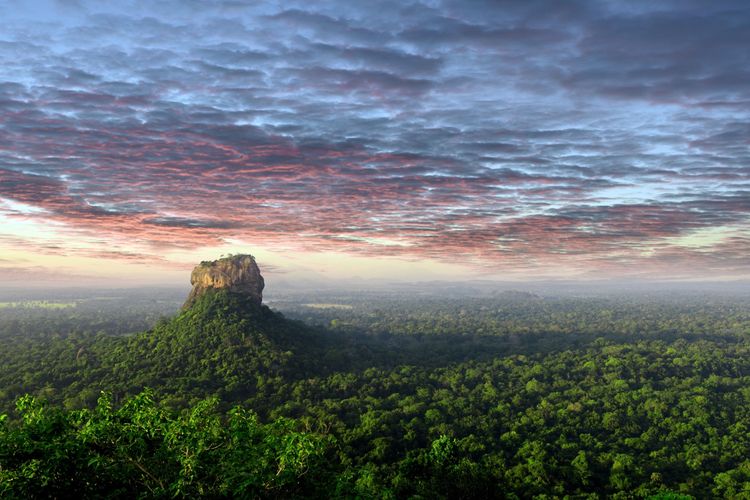
Panoramic view of sunrise over Sigiriya Rock - Lion Rock - from Pidurangala Rock in Sri Lanka, Asia.
- © Heikoneumann / 123RFIf you're looking for an insight into Indian culture, the island of Ceylon is the destination of choice. Sri Lanka, less turbulent than its big sister India, offers a panorama of the continent's natural and architectural riches. From tea plantations to jungle, from white sandy beaches to temples, hikers, beach-goers, archaeology enthusiasts and mountaineers will find a favourite place to combine a sporting holiday with a rejuvenating getaway.
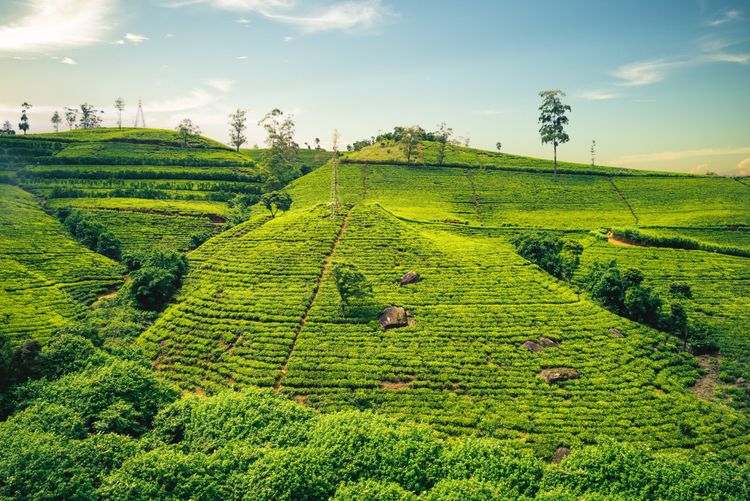
Landscape of a tea plantation in Haputale, Sri Lanka, Asia.
- © richie0703 / 123RFA trip to Sri Lanka also offers the opportunity to observe the luxuriant vegetation that is everywhere, to taste the spices that grow here and there, or to treat yourself to a precious stone, even if the prettiest ones go straight to the great European jewellers. But we return from Sri Lanka with our minds full of technicolour memories, images of exceptional natural spectacles. Encounters with elephants in a national park, with monkeys in the temples and with turtles.
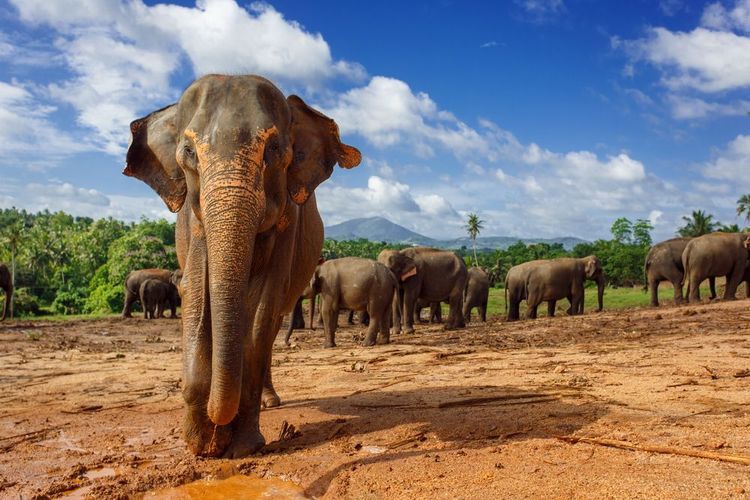
Close-up portrait of an elephant in Sri Lanka, Asia.
- © DarAnna / ShutterstockSri Lanka has the advantage of not being very big, and of having plenty of public transport, which is slow but easy to use. They are one of the must-do activities and a great way to admire the emerald island's landscapes. Despite its size, Sri Lanka is one of those destinations with a diverse territory that changes atmosphere, climate and scenery in just a few hours.
While the civil war and the latest political crisis had a devastating effect on local life, paralysing travel throughout the country, the situation has now calmed down. The country intends to take advantage of the new-found peace to encourage foreigners to come and discover its special features. The country has no shortage of them, offering a varied repertoire likely to appeal to hikers, beach-goers, archaeology enthusiasts and even mountaineers. Sri Lanka is also a spiritual destination, where you can take care of your body and mind. You can indulge in calmer activities such as relaxation or yoga. It's time to clear your head and make way for Sri Lankan culture.
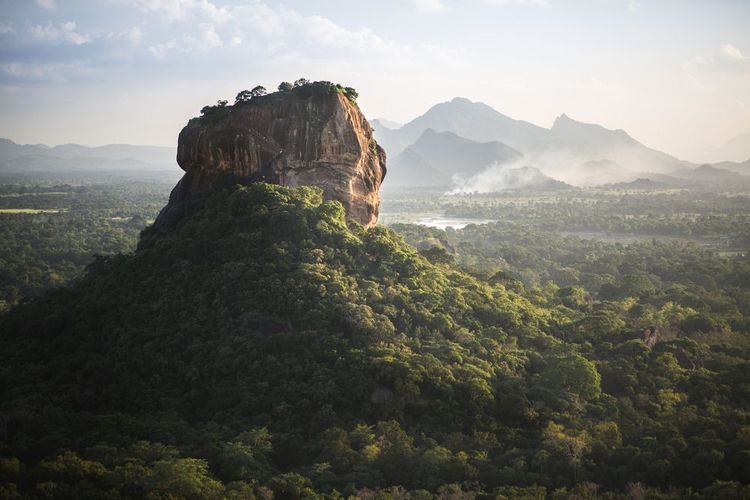
Lion Rock fortress and landscape in Sigiriya, Sri Lanka.
- © SylvainB / ShutterstockWhile memories of the conflict between the Tamils and the Sinhalese, and of the tsunami, will remain etched in our minds, the growing number of visitors and the establishment of luxury hotel complexes are proof that the island is safe and that its assets make it an exceptional destination in Asia.
From spice gardens to heavenly beaches, via tea fields that undulate endlessly on the mountainsides, Sri Lanka abounds in diverse landscapes and brings together different religions, customs and languages. An initiatory journey where the jungle rubs shoulders with sacred temples. On this green island, lush vegetation goes hand in hand with a rich cultural heritage.
This destination is just as suited to budding adventurers who, backpack on their backs, like to rub shoulders with the locals and travel as close as possible to the local culture, as it is to families who want to combine activities with relaxation. The island offers a wide range of activities and breathtaking panoramas, enough to bring back colourful memories!
Last articles
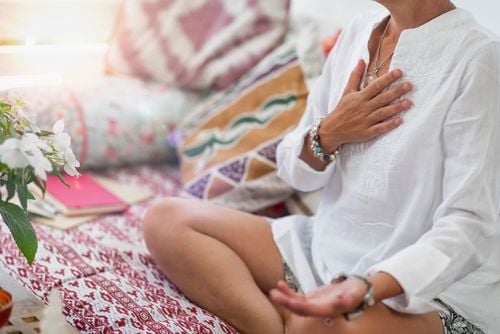
Meditation in Kandy
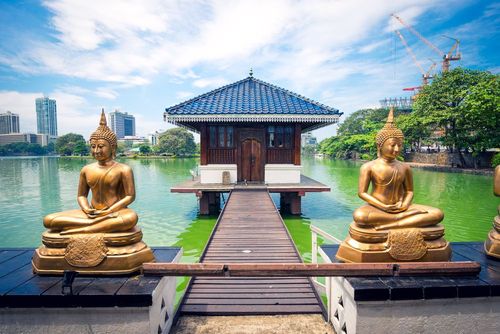
2-day itinerary: historical and religious visit of Sri Lanka's capital
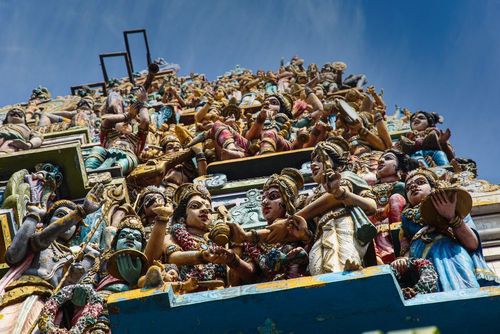
Visit Sri Kailawasanathan Swami Devasthanam Kovil: Colombo's oldest Hindu temple
The must-sees
How to get there?
Sri Lanka is a great destination for couples, friends and even families. Many flights depart from major French cities and reach the Sri Lankan capital, Colombo. Although there are no direct flights, it is possible to reach Ceylon in less than 15 hours. Most airlines have stopovers in the United Arab Emirates.
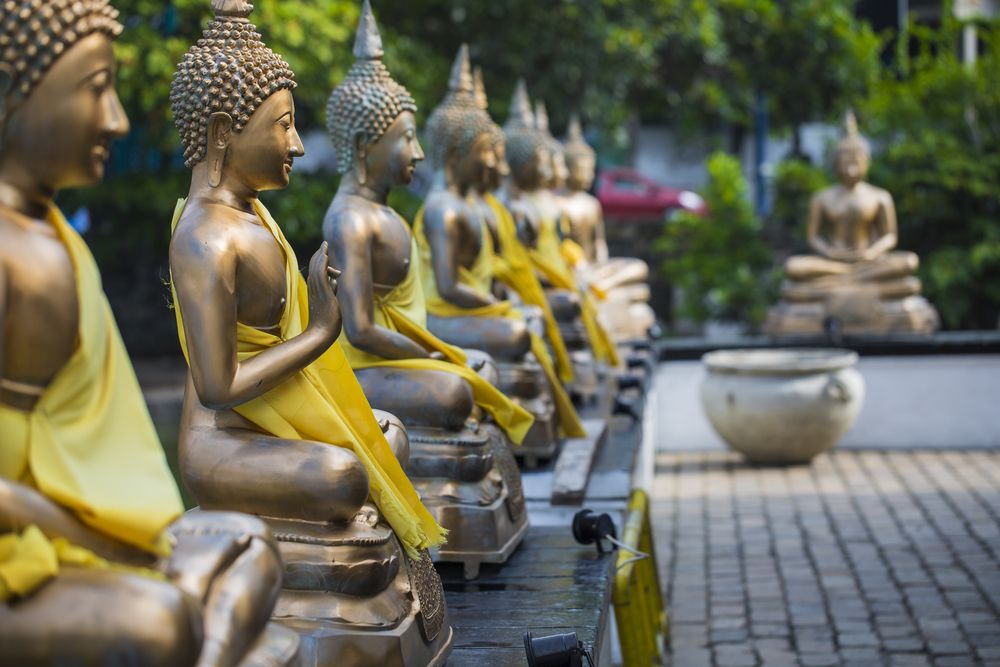 Sri Lanka
Sri Lanka
✈️ Flights to Colombo
Fly to the pearl of the Indian Ocean, in the south of India.Where to stay?
Sri Lanka has no shortage of places to stay during your stay, to suit all budgets. For those on a tight budget, it is possible to find suitable accommodation with breakfast included. As for more comfortable accommodation, there are some fine hotels with luxurious rooms and top-of-the-range facilities. These are located mainly on the west coast, particularly near Colombo.
Practical information
When should you go?
The Indian Ocean island may be a small place, but it has a lot to offer and a wide range of options for a holiday. The island country is governed by a tropical climate that divides the island into two seasons. The so-called "dry" season, when rain is scarce, extends from May to September on the east coast, while it lasts from November to March on the west coast. The monsoon period, meanwhile, lasts from October to January on the east coast, and dominates in the west from May to October. The best time to visit the island is in winter, from January to early April, in the south-west, and in summer in the north-east. However, don't panic: if it does rain, we apply the same method as the Sri Lankans, who, at the first drop, get out a large umbrella and wait for the lull. Get out your camera, the light reflecting off the puddles between showers makes for the best shots.
Visa
To enter Sri Lanka, you need to obtain an Electronic Travel Authorisation (ETA), which allows you to stay in the country for a specified period.
There are a number of sites that boast of issuing this authorisation, but many charge high fees. The official site for applying for an ETA is this one.
👛 Price: around $50 per person
👉 Editor's tip: we recommend applying online to save time when you arrive at the airport and it's also cheaper. And if the page bugs, don't hesitate to change browsers.
Currency
The Sri Lankan rupee is the national currency. Although similar in name to the Indian rupee, the two currencies are in fact completely independent. The Sri Lankan currency is special in that it is concentrated exclusively in Sri Lanka and does not leave the country. You will therefore need to withdraw it when you arrive at your destination. Although most towns have ATMs, it's best to carry some cash with you.
Health
There are no compulsory vaccinations for travel to Sri Lanka, but it is strongly recommended that you update your vaccination booklet for the standard vaccinations, as follows:
- Diphtheria-Tetanus-Polio (DTP): the injection is essential for French nationals and strongly recommended by doctors;
- Hepatitis B: to be checked with your family doctor;
- Hepatitis A + Typhoid: this injection is strongly recommended by doctors;
- Rabies: this is prescribed for a long stay (1 month or more).
All information on preventive vaccination is available on the Institut Pasteur website.
Time difference
The country's time zone is UTC / GMT+5.5. In winter, the time difference between France and the island is +4.30 hours. So when it's 12pm in Paris, it's already 4.30pm in Colombo. With summer time, the time difference is reduced to 3.5 hours (plus one for Sri Lanka).
Security
After the demonstrations held in the country in July 2023, it is not inadvisable to travel to Sri Lanka. Apart from these political events, the destination does not present any particular danger, and the Sri Lankan population is among the most welcoming. Apart from a few attempts to inflate the price of tuk-tuks in tourist areas, Sri Lanka is a very pleasant country to live in and is well suited to families.
Electrical socket
Since 2019, the Emerald Isle has had to comply with new electrical regulations. From now on, it will be standard practice for electrical sockets to be adapted to the English (UK) network. While the new rules apply, many establishments have kept the old system. There are therefore two types of socket available in the UK: type G and type D. You'll need an adaptor to plug your appliances into a G-type socket and another for the more common D-type model.
Transport
Despite its size and level of poverty, the country has a highly diversified and easily accessible transport network. You can easily reach the various tourist sites from north to south and east to west. Be careful, however, to allow a little time between each journey, as the transport is certainly magnificent, but it runs at around 30 km/h, which is very slow. It's a good opportunity to meet some nice people and take some wonderful photos during the crossing. And yes, you can console yourself any way you can!
We recommend at least one train journey. From Colombo, you can choose to travel to Kandy (around 3 hours) or Nuwara Eliya (6 hours on average). The view is breathtaking, as you wind your way through tea fields and local jungle in the company of locals.
What to bring back?
Ceylonese handicrafts are of very high quality: carved wooden objects, multicoloured masks, old-fashioned batiks, not forgetting tea and precious stones, of course! Avoid buying items made from tortoiseshell or ivory. Exports of these items are prohibited. Sri Lanka also boasts exceptional geological wealth. Not long ago, the country discovered the world's largest blue sapphire. If you are tempted to buy a stone, we advise you to avoid the touts. Prefer certified boutiques to street stalls.
Generally speaking, it's best to be accompanied by a gemologist to avoid scams. Keep the invoice for export and French customs purposes. Rubies can be confused with garnets. Topaz, which is cheap, may be nothing more than quartz. Aquamarines should not be mistaken for emeralds. Sri Lankan sapphire is generally light blue, not to be confused with blue spinel, a cheap stone. The value of a ruby is proportional to the brilliance of its red.
What to eat in Sri Lanka
The traditional national dish is rice and curry, made from the rather spicy curry leaf. A multitude of deliciously spicy condiments are brought to the table, such as sambol (grated, spiced coconut), chutneys (spicy fruit jams) and papadams (pancakes). On the coast, you can enjoy good fish and seafood. Another variation is biryani, a dish of rice mixed with mutton or chicken. Tropical fruits are delicious: pineapple, banana, papaya, guava, pomegranate, rambutan, papaya... The national drink is, of course, tea. It is drunk very strong, very sweet, with or without milk. But beware: the best leaves are kept for export, and hotels generally serve a beverage of inferior quality (only experts will notice the difference). The local beer, in large bottles, is excellent. Among the good fish restaurants in Colombo, we recommend the highly reputed Beach Wadiya on Railways Avenue.
What are the cultural particularities?
They all revolve around the two dominant religions, Buddhism and Hinduism. Both advocate tolerance. However, Westerners must be careful not to offend with provocative dress or nervous or impatient attitudes. The Ceylonese has no concept of mood swings. Keeping calm is a golden rule. Don't forget to take off your shoes before entering a temple. Also, out of respect, you don't enter a temple in skimpy clothes, so remember to take a stole to cover your shoulders and knees. They won't let you in wearing shorts or a miniskirt. Another very important point is not to have your photo taken in front of a statue or representation of Buddha. The tradition of buying flowers at temple entrances to make offerings. This is not compulsory, but it helps to maintain the temple. Religious worship is practised with fervour and mysticism.
Before you set off, it's a good idea to bring along a roll of scotch tape. It may seem a strange object, but it will quickly become your best ally. Sometimes you come across a mosquito net that's a little tired from the weather and has a small hole in it. All you have to do is apply a piece of adhesive tape to prevent unwanted visitors getting through.
explore Try out our comparators
It is Easy to travel
Linked destinations




